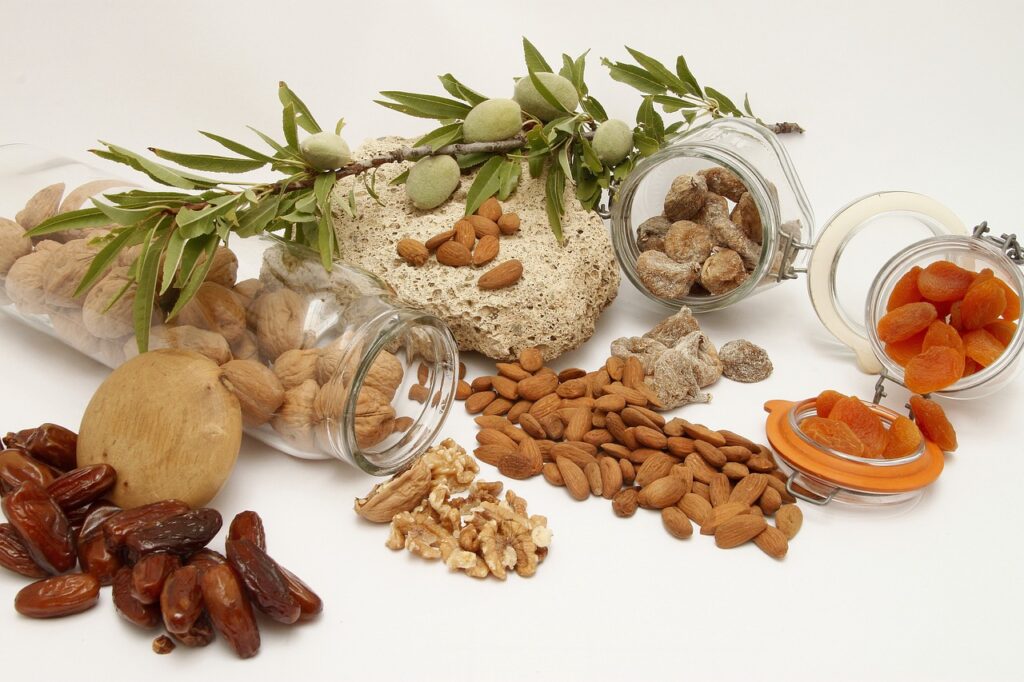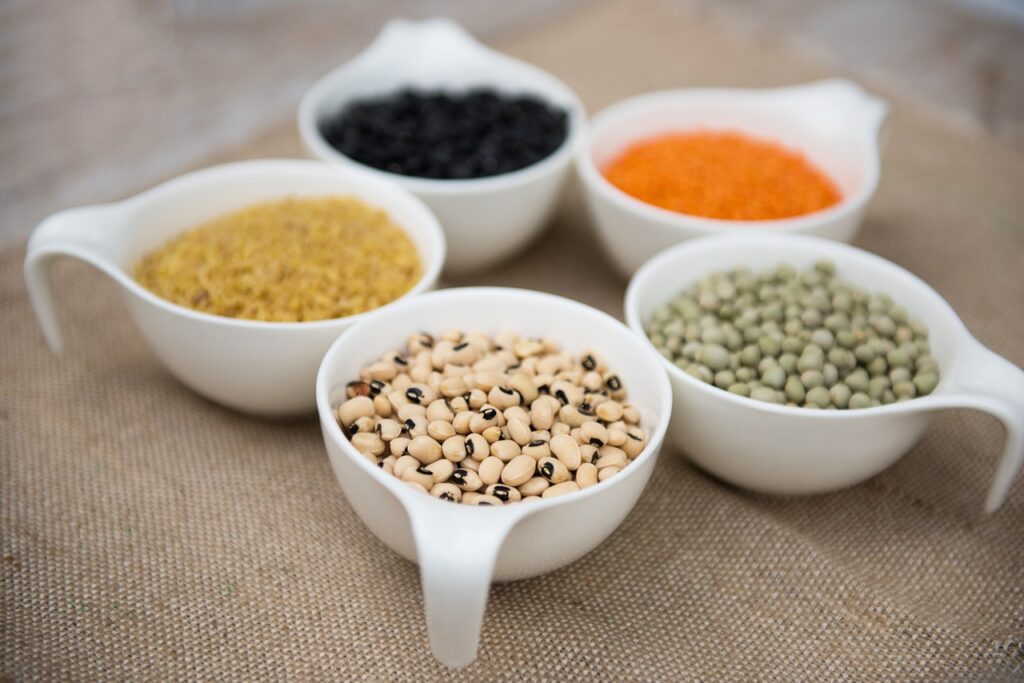Important Markers for Heart Health
1. Lipoprotein (a)
Lipoprotein(a), commonly referred to as Lp(a), is a type of lipoprotein particle that consists of a cholesterol-rich LDL-like particle attached to a protein called apolipoprotein(a). Lp(a) is thought to play a role in both the development of atherosclerosis and the promotion of blood clots.

General recommended level of Lp(a) for men and women:
There are no well-defined recommended levels for Lp(a), as it is a genetically determined risk factor for cardiovascular disease. However, levels above 50 mg/dL (125 nmol/L) are generally considered high and associated with increased risk. Monitoring Lp(a) levels may be particularly important for individuals with a family history of premature cardiovascular disease or those with other risk factors for heart disease.
Reasons for deficiency or surplus of Lp(a):
Deficiency in Lp(a) is not typically a concern, as it is primarily genetically determined. However, some individuals may have lower levels of Lp(a) due to genetic variations or mutations affecting the production or function of apolipoprotein(a). Surplus levels of Lp(a) are primarily influenced by genetic factors, as well as certain lifestyle and environmental factors that can impact cardiovascular health.
Sources of food, fruits, nuts to consume to manage Lp(a):
Consuming a heart-healthy diet rich in fruits, vegetables, whole grains, lean proteins, and healthy fats, while limiting intake of processed foods, saturated fats, and refined sugars, can help support optimal cardiovascular health. Other important factors include regular physical activity, maintaining a healthy weight, avoiding smoking and managing stress.

2. Apolipoprotein B (Apo B)
Apolipoprotein B (Apo B) is a protein that is primarily found in lipoproteins, specifically in LDL cholesterol particles. It plays a crucial role in the transport and metabolism of cholesterol and triglycerides in the bloodstream.
General recommended level of Apo B for men and women:
There isn’t a universally agreed-upon recommended level for Apo B like there is for LDL cholesterol. However, higher levels of Apo B are generally associated with an increased risk of cardiovascular disease. Monitoring Apo B levels may be important for assessing cardiovascular risk, particularly in individuals with other risk factors for heart disease.
- Men: 0.92 ± 0.18 g/L
- Women: 0.86 ± 0.16 g/L
Reasons for deficiency or surplus of Apo B:
Deficiency in Apo B is rare and is not typically a concern. Surplus levels of Apo B are more commonly associated with an increased risk of cardiovascular disease and may be influenced by factors such as genetics, diet, lifestyle habits (such as smoking and physical inactivity), obesity, and certain medical conditions (such as diabetes and metabolic syndrome).
Sources of food, fruits, nuts that help manage Apo B:
Apo B is not obtained directly from food but is synthesized by the body. However, consuming foods high in cholesterol and saturated fats can indirectly influence Apo B levels by affecting LDL cholesterol levels. Common sources of cholesterol and saturated fats include fatty meats, full-fat dairy products, processed foods, and fried foods. There are no specific dietary sources to consume to achieve recommended levels of Apo B since it is primarily synthesized by the body. Instead, the focus should be on adopting a heart-healthy lifestyle, including following a balanced diet rich in fruits, vegetables, whole grains, lean proteins, and healthy fats, while limiting intake of processed foods, saturated fats, and refined sugars.

3. LDL cholesterol
LDL cholesterol is a type of lipoprotein that carries a large amount of cholesterol in the blood. It is often referred to as “bad” cholesterol because excess LDL cholesterol can contribute to the buildup of plaque in the arteries, increasing the risk of heart disease and stroke.
The general recommended levels for LDL cholesterol are:
- Normal LDL: Below 100 mg/dL
- Near-Optimal LDL: 100-129 mg/dL
- Borderline High LDL: 130-159 mg/dL
- High LDL: 160-189 mg/dL
- Very High LDL: 190 mg/dL or higher
Reasons for deficiency or surplus of LDL:
Deficiency in LDL cholesterol is not typically a concern, as it is essential for various physiological processes in the body. However, extremely low levels of LDL cholesterol may be associated with certain genetic disorders affecting lipid metabolism. Surplus levels of LDL cholesterol are primarily influenced by lifestyle factors such as diet, physical activity level, and smoking, as well as genetics and underlying health conditions.

4. Triglycerides
Triglycerides are a type of fat that is the main storage form of fat in the body. They are composed of three fatty acids attached to a glycerol molecule. Triglycerides are the most common type of fat in the body and are an important source of energy.
The recommended triglyceride levels are:
- Normal: Less than 150 mg/dL
- Borderline high: 150 to 199 mg/dL
- High: 200 to 499 mg/dL
- Very high: 500 mg/dL and above
Reasons for deficiency or surplus of Triglycerides:
Unlike vitamins or minerals, triglycerides are not typically a concern for deficiency. The body synthesizes triglycerides from dietary fats and carbohydrates, and excess calories are stored as triglycerides in fat cells. However, certain medical conditions or genetic disorders affecting lipid metabolism may lead to abnormally low triglyceride levels. Surplus levels of triglycerides in the blood are often associated with unhealthy lifestyle habits such as a diet high in refined carbohydrates and sugars, excessive alcohol consumption, obesity, physical inactivity, smoking, and certain medical conditions like diabetes, hypothyroidism, and kidney disease.
Sources of food to avoid, fruits, nuts to manage Triglycerides:
Triglycerides are found in many foods, particularly those high in fats and carbohydrates. Common sources include fatty meats, full-fat dairy products, oils, butter, margarine, fried foods, processed snacks, sugary foods and beverages, as well as some fruits like avocados and nuts like almonds and walnuts.

5. HDL cholesterol
High-density lipoprotein (HDL) cholesterol is a type of lipoprotein that helps remove cholesterol from the bloodstream and transport it to the liver for excretion. It is often referred to as “good” cholesterol because higher levels are associated with a lower risk of cardiovascular disease.
The recommended HDL cholesterol levels are:
- Men: 40 mg/dL or higher
- Women: 50 mg/dL or higher
- Children: 45 mg/dL or higher
Reasons for deficiency or surplus of HDL:
Deficiency in HDL cholesterol may be influenced by various factors, including genetics, diet, lifestyle habits (such as smoking and physical inactivity), obesity, and certain medical conditions (such as diabetes and metabolic syndrome). Conversely, factors contributing to a surplus of HDL cholesterol are not well-understood, but extremely high levels of HDL cholesterol may be associated with underlying health conditions or genetic disorders.
Sources of food, fruits, nuts that increase HDL:
While HDL cholesterol itself is not obtained directly from food, certain dietary choices can influence its levels. Foods rich in healthy fats, such as fatty fish (like salmon and mackerel), avocados, nuts (like almonds, walnuts, and pistachios), seeds (such as flaxseeds and chia seeds), and olive oil, are associated with higher HDL cholesterol levels.

6. Total Cholesterol
Total cholesterol refers to the total amount of cholesterol present in the blood, including both low-density lipoprotein (LDL) cholesterol (often referred to as “bad” cholesterol) and high-density lipoprotein (HDL) cholesterol (often referred to as “good” cholesterol), as well as other lipid components.
The recommended total cholesterol levels are:
- Desirable: Less than 200 mg/dL
- Borderline high: 200-239 mg/dL
- High: 240 mg/dL and above
Deficiency in total cholesterol is not typically a concern, as cholesterol is essential for various physiological processes in the body, including the production of cell membranes and hormones. Surplus levels of total cholesterol in the blood are primarily influenced by dietary intake, particularly consumption of foods high in saturated and trans fats, as well as lifestyle factors such as physical inactivity, smoking, and obesity. Genetics and certain medical conditions can also contribute to elevated cholesterol levels.
The best dietary sources to help manage total cholesterol levels are foods low in saturated and trans fats, such as fruits, vegetables, whole grains, nuts, and lean proteins. Consuming a heart-healthy diet consistently is important.

7. High-sensitivity C-reactive protein (hsCRP)
High-sensitivity C-reactive protein (hsCRP) is a protein produced by the liver in response to inflammation in the body. It is a sensitive marker of systemic inflammation and is often measured through a blood test. Elevated levels of hsCRP are associated with an increased risk of cardiovascular disease, as well as other inflammatory conditions.
- Low risk: Less than 1.0 mg/L
- Average risk: 1.0 to 3.0 mg/L
- High risk: Greater than 3.0 mg/L
Reasons for deficiency or surplus of hsCRP
Deficiency in hsCRP is not typically a concern, as it is produced by the body in response to inflammation. Surplus levels of hsCRP are primarily associated with underlying inflammation in the body, which may be caused by various factors including infections, chronic diseases (such as cardiovascular disease, diabetes, and rheumatoid arthritis), obesity, smoking, and unhealthy lifestyle habits, Lupus, and infections.
Sources of food, fruits, nuts to manage hsCRP
hsCRP is not obtained directly from food, as it is produced by the liver in response to inflammation. However, consuming a diet rich in anti-inflammatory foods, such as fruits, vegetables, whole grains, nuts, seeds, fatty fish (like salmon and mackerel), and olive oil, may help reduce inflammation in the body and lower hsCRP levels over time.



